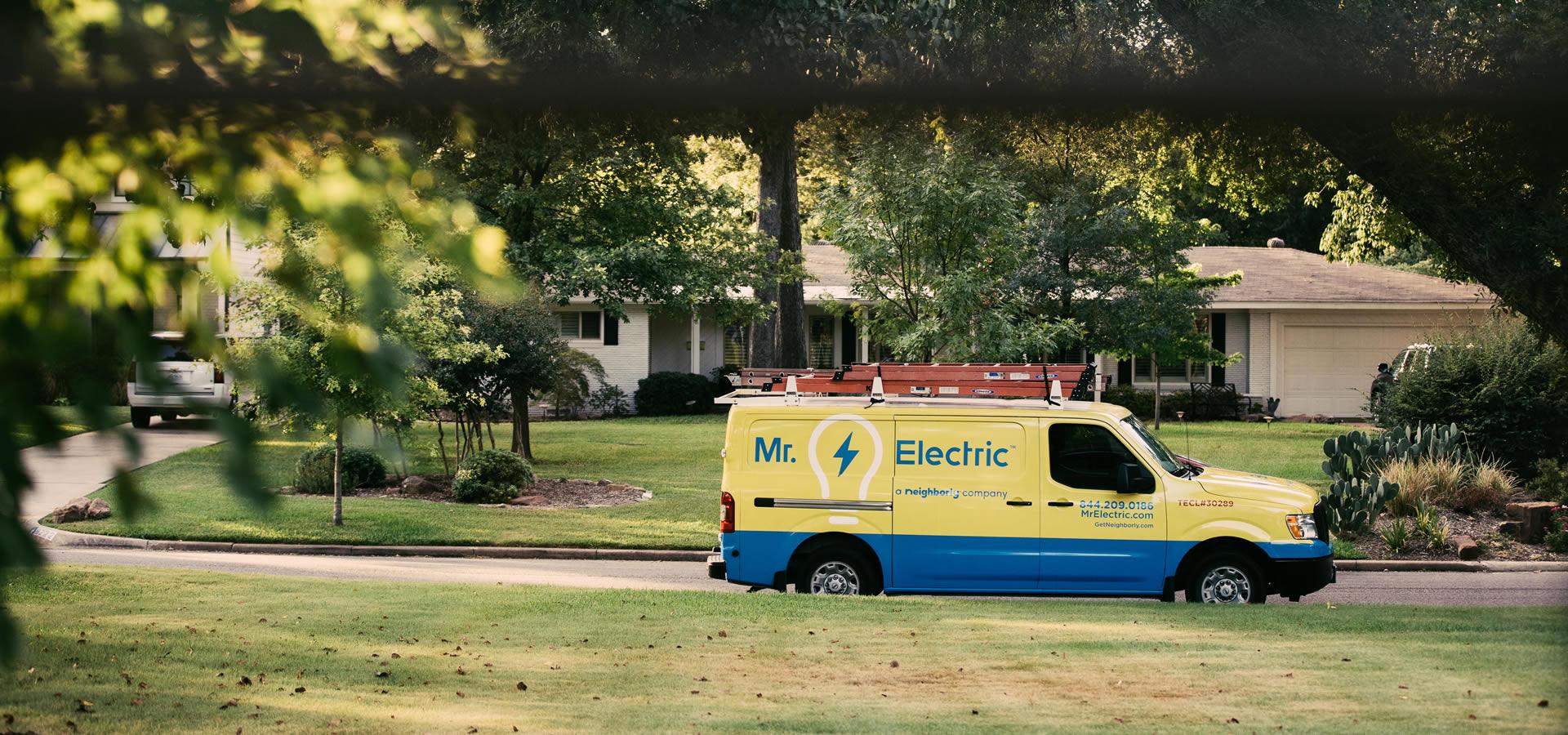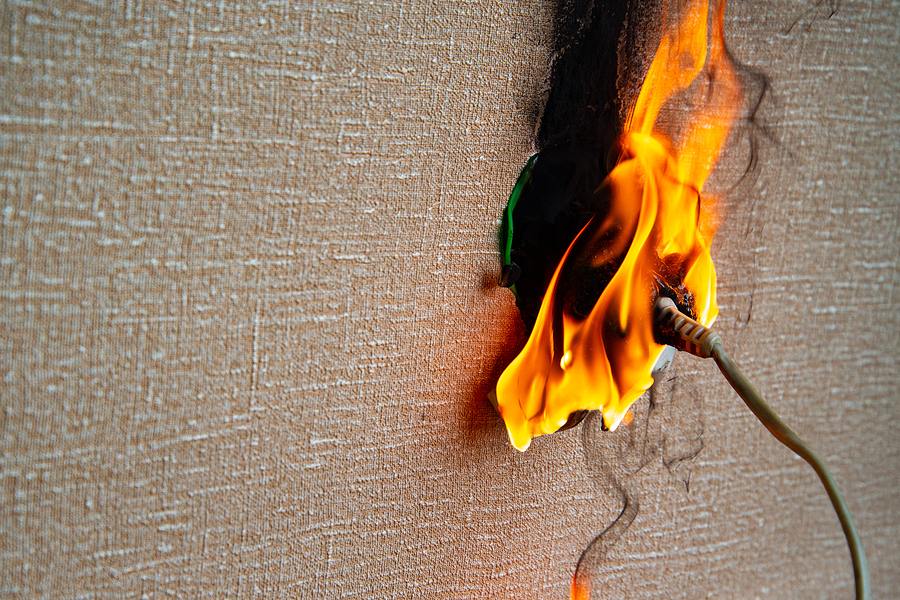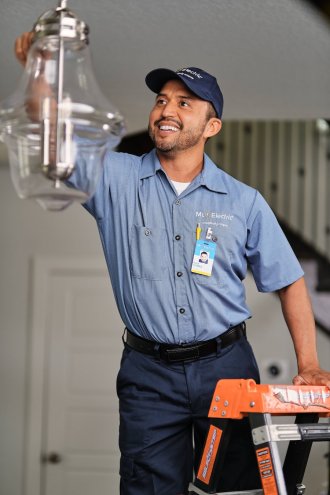Dangers of an Overloaded Circuit
An overloaded circuit occurs when an electrical circuit is burdened with more electrical demand than it can handle safely. It's like pushing a person beyond their limits or overloading a vehicle with too much weight. Just as we have our breaking point, so do electrical circuits. When you try to draw more electricity than your circuit can safely handle, you get an overloaded circuit.
An overloaded circuit can occur due to several reasons, including plugging in too many devices or appliances to a single circuit, inadequate wiring, faulty electrical equipment, and relying heavily on extension cords.
Below are some of the dangers of overloading electrical circuits and what you can do to prevent them.
Fire Hazard
One of the biggest risks of an overloaded circuit is the increased potential for a fire. When a circuit is pushed beyond its capacity, the wires can heat up excessively. This overheating can ignite nearby combustible materials and lead to a devastating electrical fire. If the wiring is outdated, frayed, or damaged in any way, the danger increases significantly.
Damage to Devices and Appliances
When a circuit is overloaded, the electrical voltage may fluctuate, causing inconsistent power supply to connected devices. These voltage fluctuations can disrupt the normal functioning of appliances, affect their performance and potentially lead to malfunctions. Sensitive electronic devices, such as computers or audio equipment, are particularly susceptible to damage from voltage irregularities. Furthermore, operating appliances on an overloaded circuit places additional stress on their internal components. This can significantly shorten the lifespan of your devices and appliances.
Power Outages
An overloaded circuit is likely to trip the circuit breaker frequently, causing sudden power outages. This can disrupt your daily activities and potentially lead to data loss if you were working on important tasks.
Electric Shocks
Overloading a circuit puts strain on the circuit's components, thereby increasing the likelihood of short circuits. A short circuit occurs when the current follows an unintended path due to a fault or improper wiring. These unintended paths can create situations where an individual may come into direct contact with an electrical current, resulting in an electrical shock.
Signs of an Overloaded Circuit
- Flickering, blinking, or dimming lights
- Warm or discolored wall plates
- Frequently tripped circuit breakers or blown fuses
- Cracking, popping, or buzzing coming from your outlets
- Mild shock or tingle from appliances, receptacles, or switches
- Burning odor coming from receptacles or wall switches
If you’ve noticed any of these signs, reach out to an experienced electrician to perform an electrical inspection in your property and advise you accordingly.
How to Prevent Overloading a Circuit
- Familiarize yourself with the electrical capacity of each circuit in your home.
- Spread the electrical load across multiple circuits
- Be aware of the power requirements of your electrical devices and appliances
- Plug all major appliances directly into a socket
- Limit the use of extension cords
- Keep your electrical system well-maintained
- Upgrade wiring and circuits if necessary
- Unplug unused devices
- Use surge protectors to prevent circuit overload
Reach Out To Mr. Electric for Electrical Repair Service and All of Your Electrical Needs
By taking preventive measures and being aware of the signs of overloaded circuits, you can prevent these dangers from occurring. If you need help with upgrading your wiring and electrical circuits or circuit breaker replacement, reach out to Mr. Electric. We are a reputable electrical company that you can rely on for all of your electrical needs. From electrical repair service to rewiring, circuit breaker replacement, electrical panel upgrades, and electrical safety inspections, we’ve got you covered. We’ve put together a team of highly trained and experienced electricians to ensure we provide professional services.







